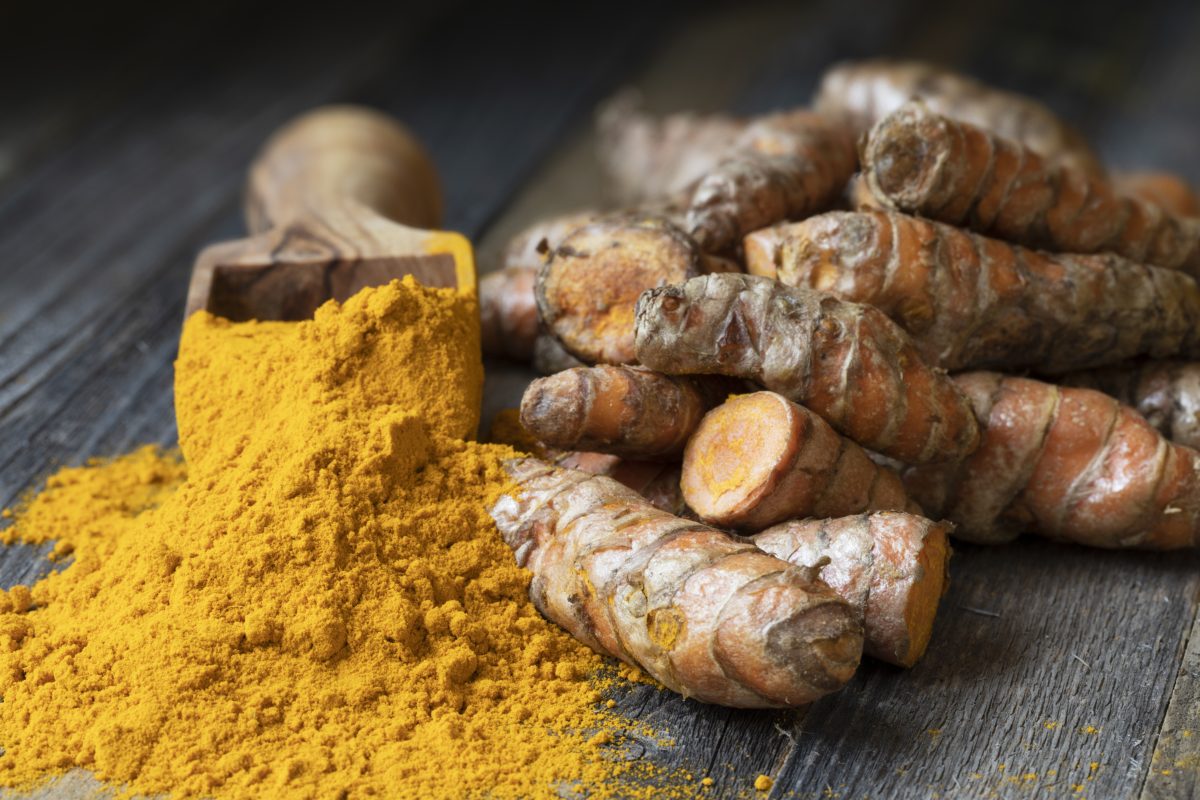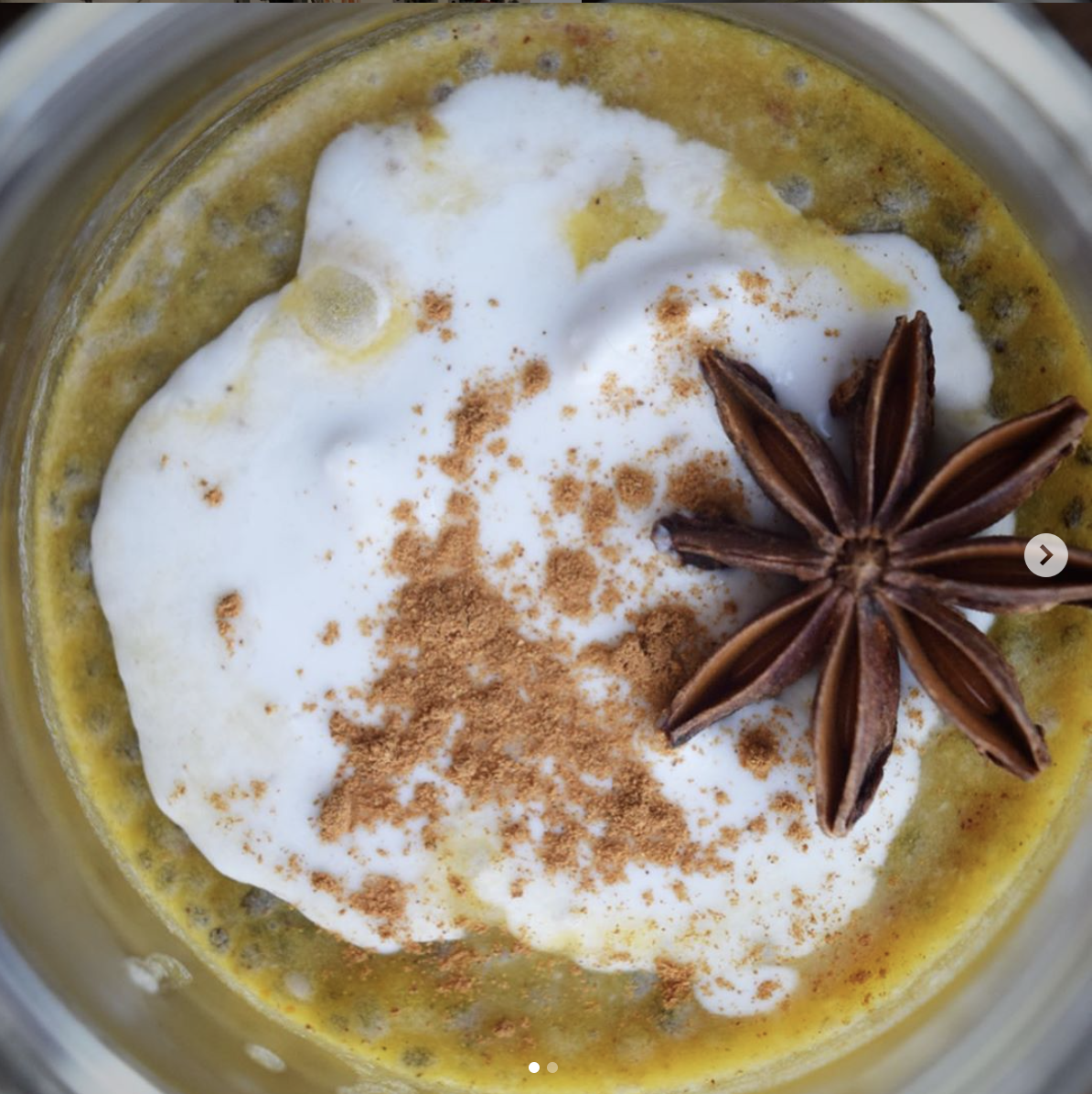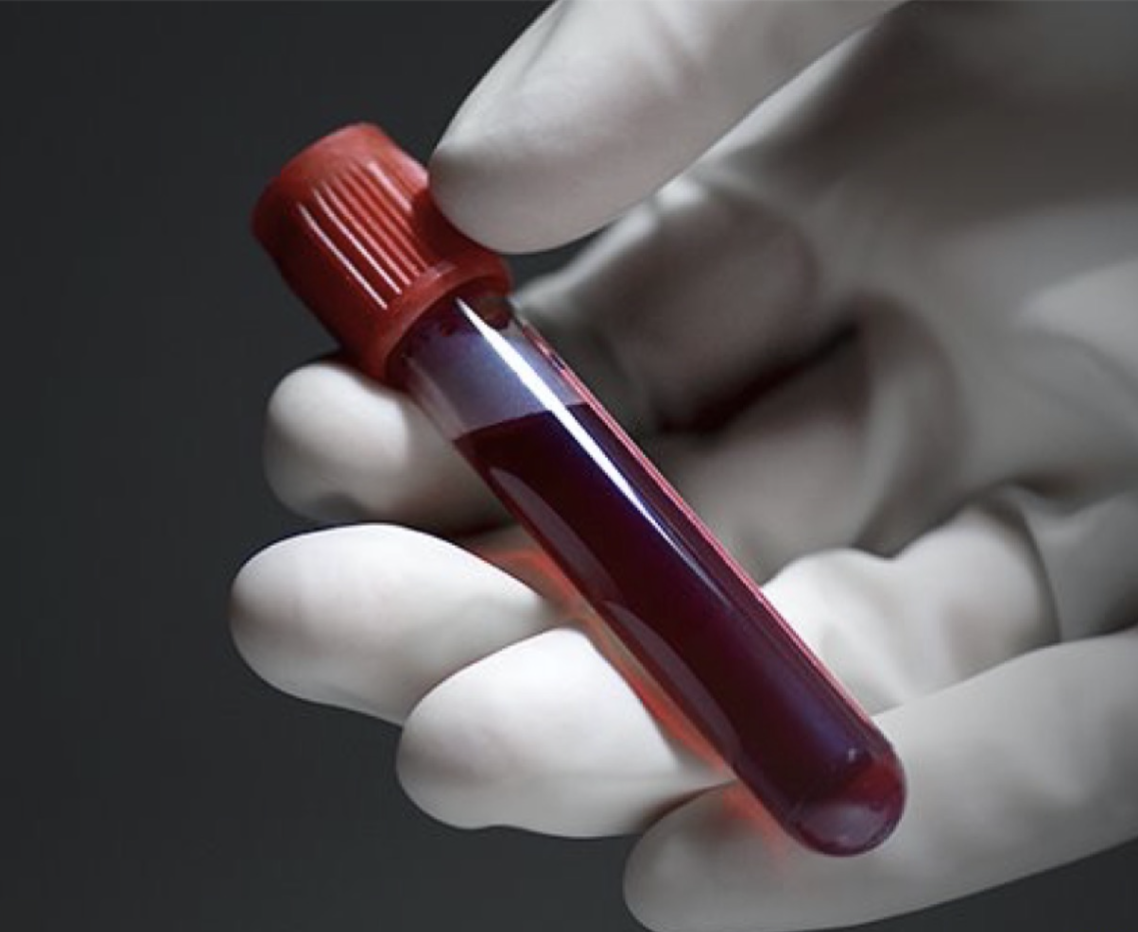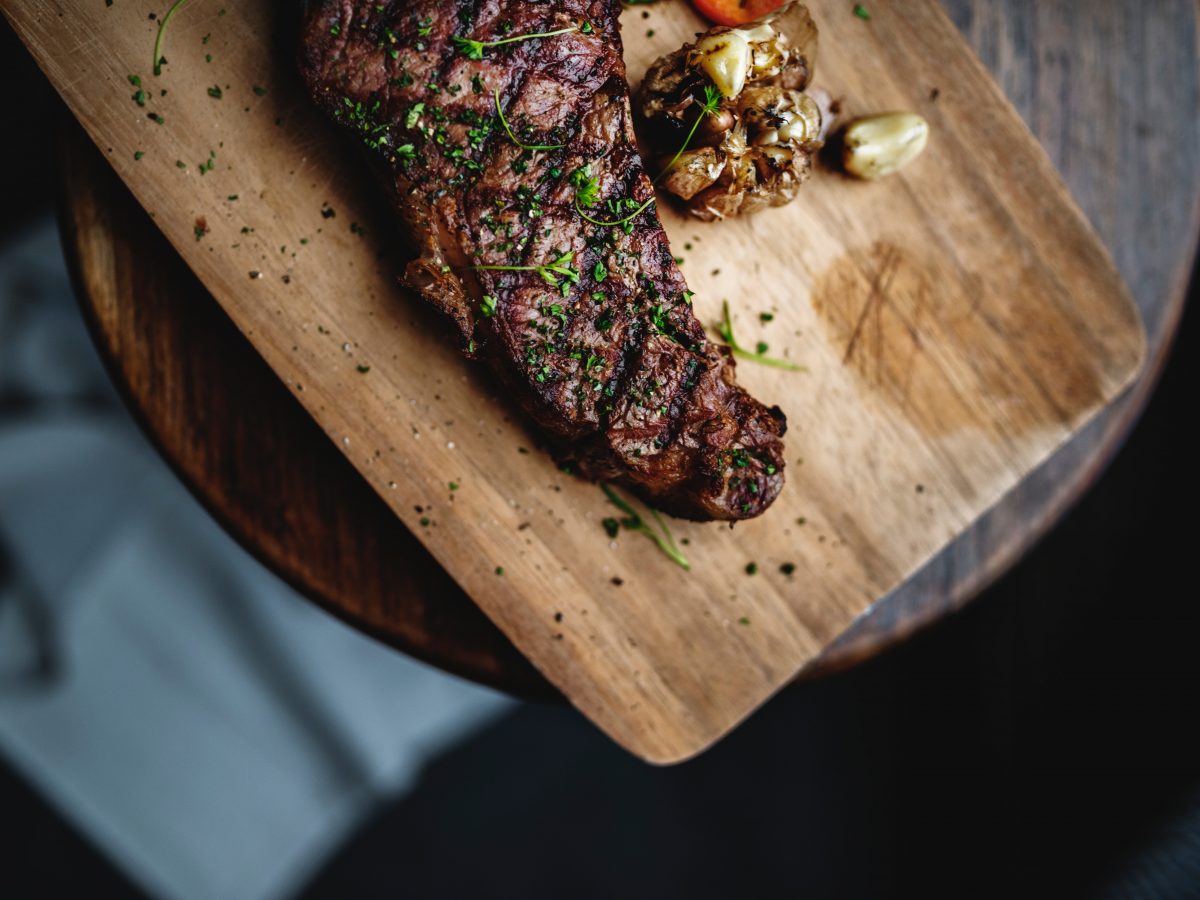What’s The Deal With Turmeric?
if you enjoy South Asian and Middle Eastern cuisine, chances are you’ve come in contact with a spice called turmeric. It is one of the main ingredients in curry dishes and has a vibrant color and flavor 1. One of the main reasons why turmeric has been linked to it’s main health and medical benefits is due to it’s active ingredient known as curcumin. A typical turmeric root may contain 2-7% concentration of curcumin 1. There are over a million articles on the web and in journals supporting turmeric and its multiple pharmacological activities. Some examples of these benefits are listed below.
- Anti-carcinogenic
- Anti-inflammatory
- Cardiovascular protectant
- Helps support the liver
- Supports the nervous system
- Cancer prevention and treatment adjunct
Anti-carcinogenic Effects:
An anti-carcinogen is defined as a substance that counteracts the effects of a carcinogen or inhibits the development of cancer 2. Turmeric has demonstrated that it is capable of having an anti-carcinogenic effect on all steps of cancer development. Some studies are currently being conducted to prove that it may also play a part in cancer regression. The protective mechanism of turmeric is due to its direct antioxidant and free radical-scavenging effects. It helps jump start the body’s natural antioxidant system while simultaneously increasing levels of glutathione and other enzymatic processes of the body 3. In various studies, turmeric has been reported to exhibit activity against the development of skin, breast, oral and stomach cancers. A study published by the Journal of Biological Chemistry found that Curcumin improves the effectiveness of chemotherapy in breast cancer patients3. Curcumin also promotes anti- angiogenesis, meaning it helps prevent the development of additional blood supply necessary for cancer cell growth.
Cardiovascular Effects:
The effect of turmeric and curcumin on the cardiovascular system includes the lowering of cholesterol levels and inhibiting platelet aggregation. A study was conducted on 10 healthy individuals who received 500mg of curcumin a day for 7 days. There was a 33% reduction of Lipid Peroxides, which contributes to a reduction of cell damage. There was a 29% increase in HDL cholesterol and 11.63% reduction in total serum cholesterol. This cholesterol lowering ability is due to turmeric interfering with the intestinal cholesterol uptake and by increasing cholesterol conversion into bile salts 4.
Liver Support Effects:
A study was conducted on mice given aspirin and carbon tetrachloride (widely used as a cleaning fluid). The mice experienced a significantly reduction of the liver blood markers when treated with 100mg/kg of turmeric 5. The antioxidant effect of turmeric supports it’s role in treating liver conditions, especially anti-inflammatory and chloretic effects (stimulating the secretion of gastric acid). This helps with increasing biliary excretion of bile salts, cholesterol and bilirubin 6. Turmeric has also been noted to help increase the solubility of the bile, showing great benefit to the prevention and treatment of gallstones 7.
Nervous System Support:
Multiple studies are currently underway demonstrating the effectiveness of turmeric on the nervous system. Some studies have indicated that a protective role of turmeric on stroke models, including links to the reduction of plaque buildup in models of Alzheimer’s disease8. It also has helped with the reduction of cataract formation on the lens by reducing the rate of cellular death and boosting resistance of the optic lens 9-10.
Cancer prevention and Treatment Adjunct:
One human study was conducted on 16 chronic smokers and 6 nonsmokers. The nonsmokers served as a control group, while the 16 chronic smokers were given 1.5g of turmeric per day. At the end of a 30 day trail period, the smokers who had received the turmeric each day had a reduction of a mutagenic (radiation or a chemical substance) agent in their urine 11. The results of the study are quite significant. With the rise of smoke and other environmental cancer causing agents, the frequent use of turmeric appears warranted 11.
How much do you need?
The typical dosage for turmeric and curcumin depends on the type of condition being treated. The most common recommendation for turmeric as an anti-inflammatory aid is between 1000- 3000mg per day. Turmeric’s active form curcumin may have difficulty being absorbed with it’s rapid metabolism and low bioavailability in the body. Some reports show that not all oral administered curcumin is 100% absorbed in the GI tract, in fact 40-85% may go completely
unchanged. Some tips on how to help curcumin get in the body is to mix it with black pepper, fats and with quercetin (pigment found in plants and food such as red wine, red grapes, berries and onions 12.)
Before considering a dosage for yourself, it is important to consult a nutrition specialist. You can find out the level of your deficiencies and toxicities by getting a comprehensive blood test and tissue mineral analysis. Reviewing results of these testing methods with your experienced nutrition professional can help you understand where to start. By knowing exactly what diet to follow and what supplements you need with the correct dosing, you can control your body’s health status. Get tested today to get started on a pathway towards optimal wellness!
Works Cited:
1 Herbal Medicine: Biomolecular and Clinical Aspects 2nd Edition, “Chapter 13: Turmeric, the
Golden Spice”
2 “Anticarcinogenic.” Merriam-Webster.com. Merriam-Webster, n.d. Web. 1 Mar. 2018.
3 Curcumin Treatment Suppresses IKKβ Kinase Activity of Salivary Cells of Patients with Head and Neck Cancer: A Pilot Study http://clincancerres.aacrjournals.org/content/
17/18/5953
4 Soni KB, Kuttan R. Effect of oral curcumin administration on serum peroxides and cholesterol
levels in human volunteers. Indian J Physiol Pharmacol
5 Lin SC, Lin CC, Lin YH, et al. Protective and therapeutic effects of Curcuma Xanthorrihza on hepatotoxin-induced liver damage. AM J Chi Med 1995; 23: 243-254
6 Ammon HP, Wahl MA. Pharmacology of Curcuma Longa. Planta Med 1991;57:1-7.
